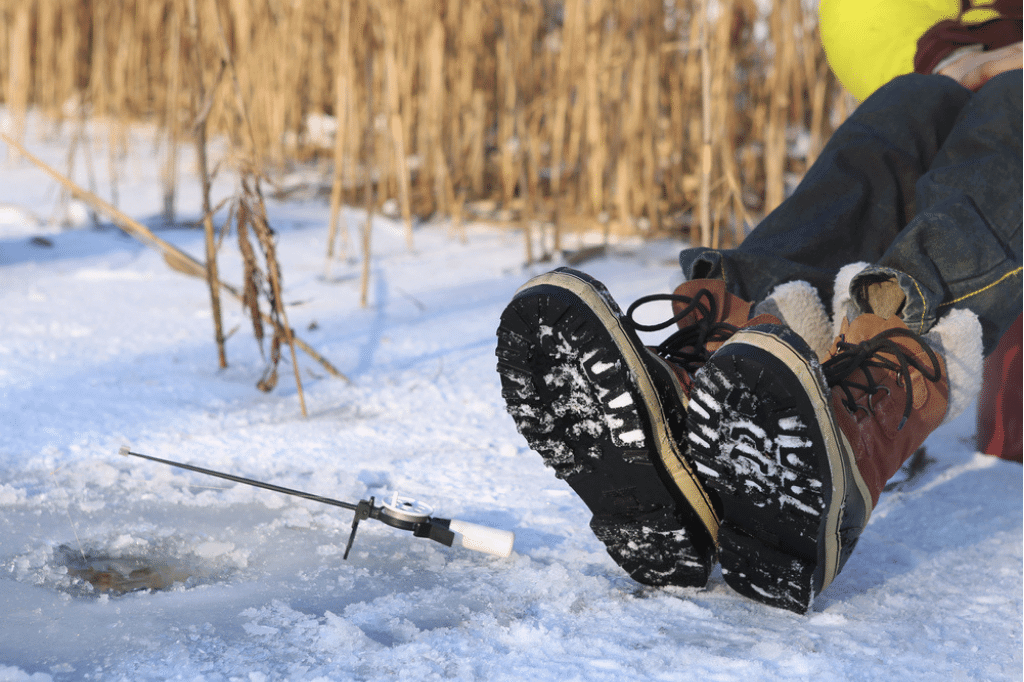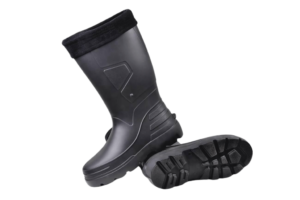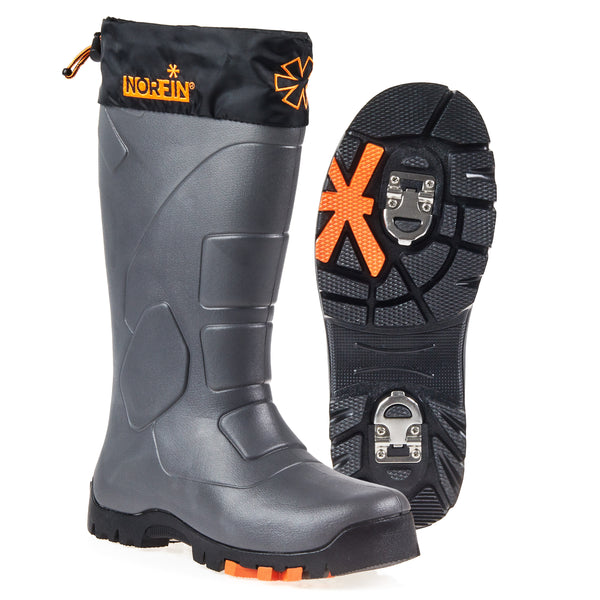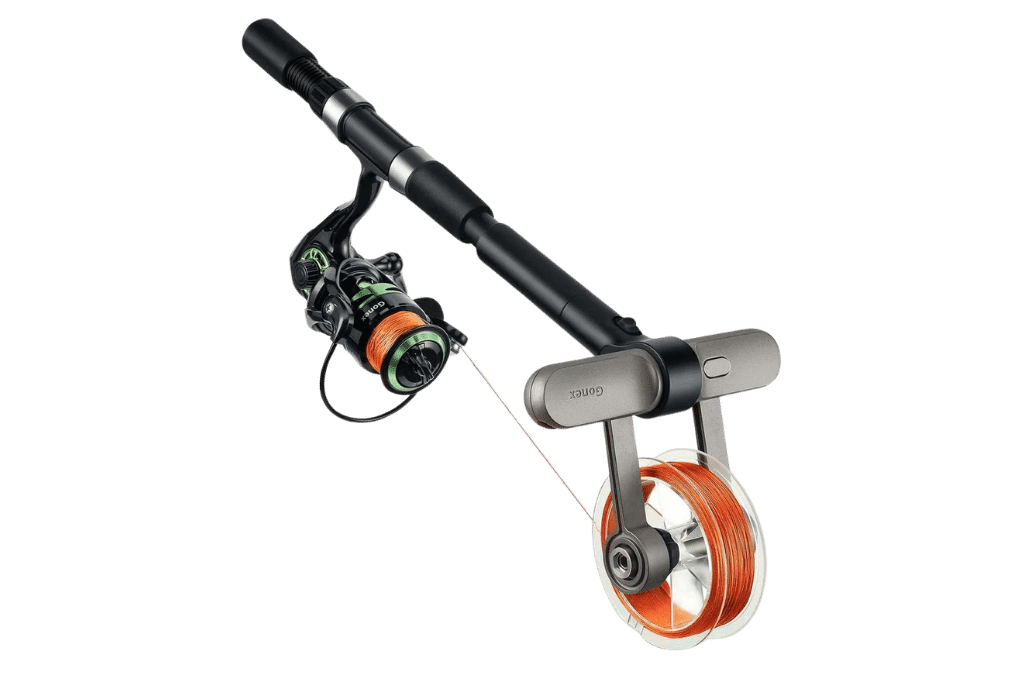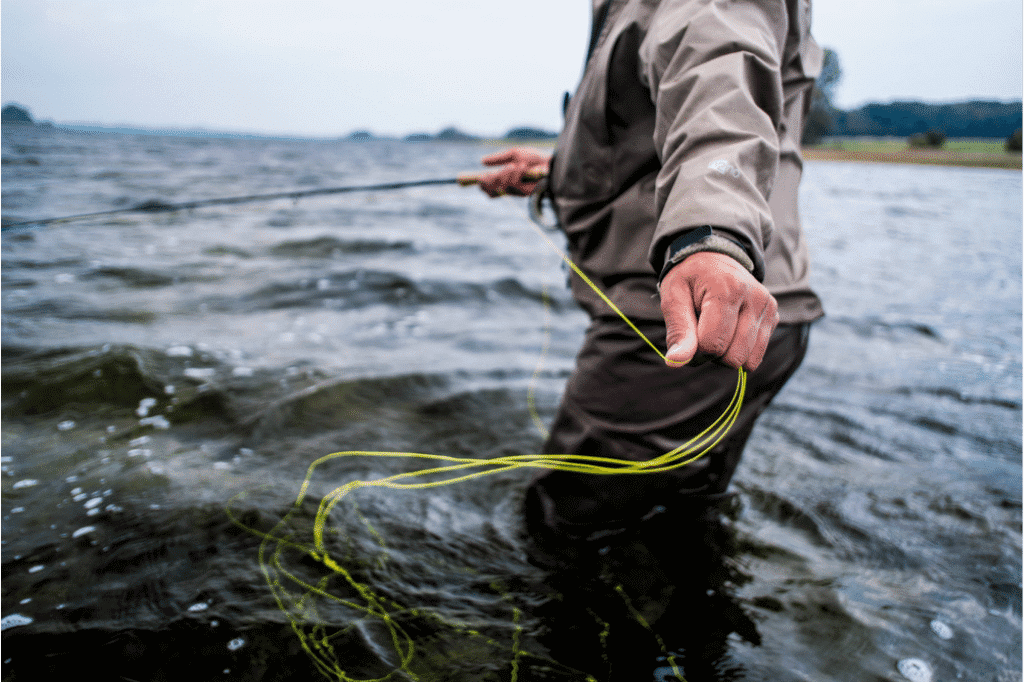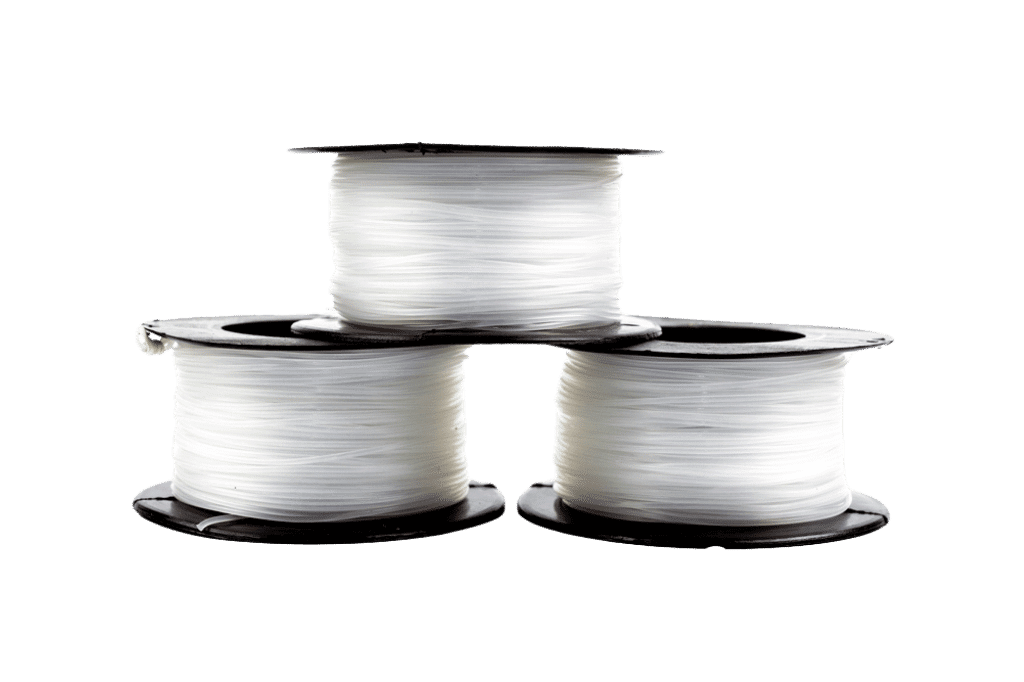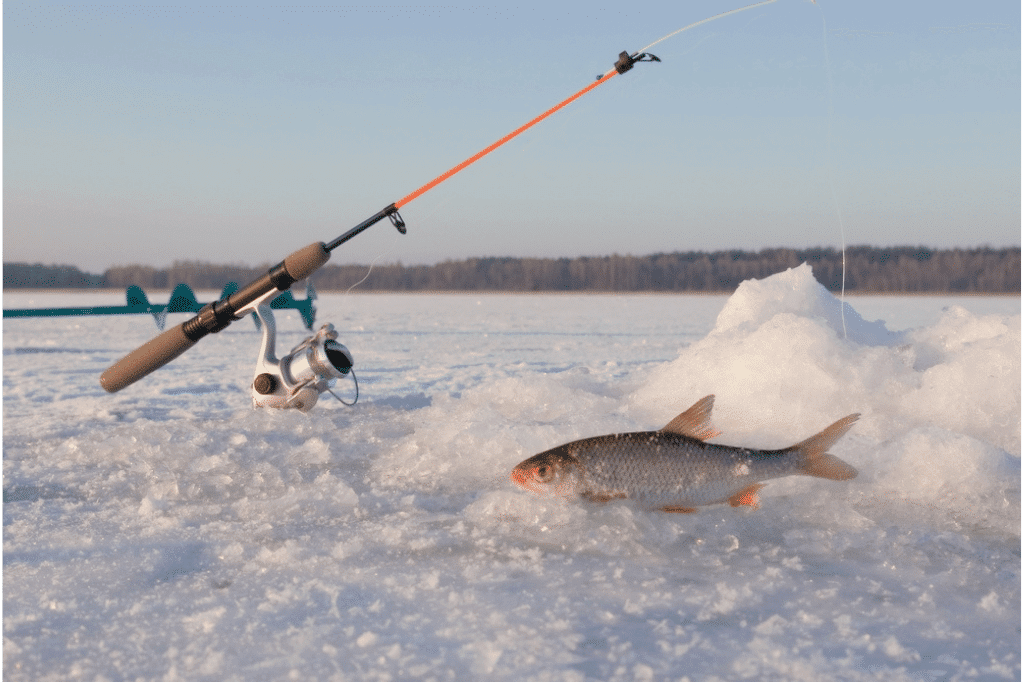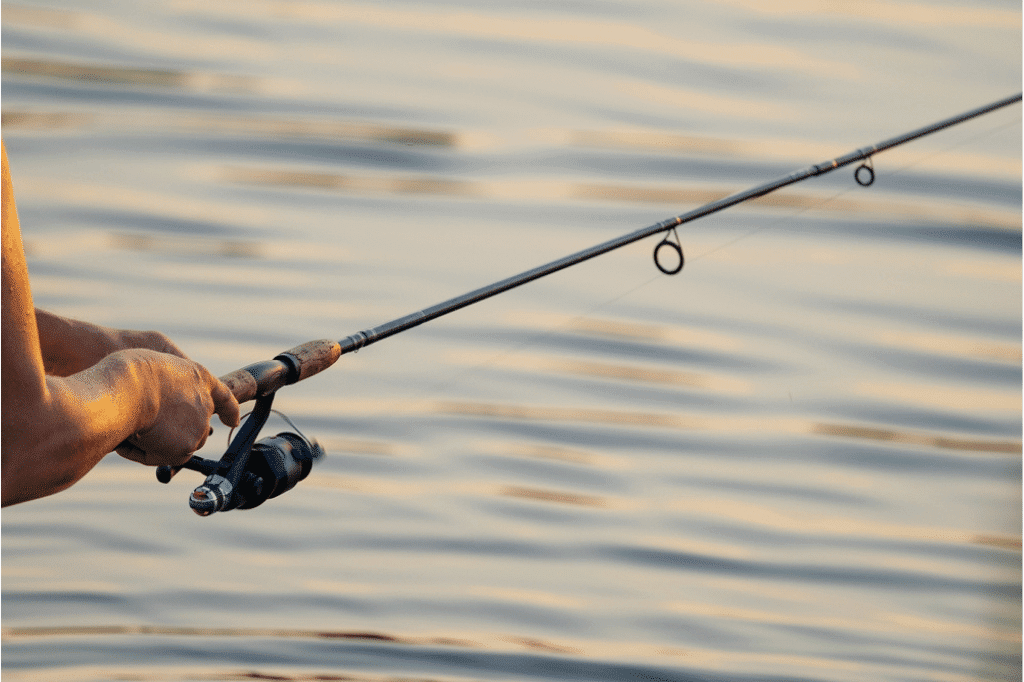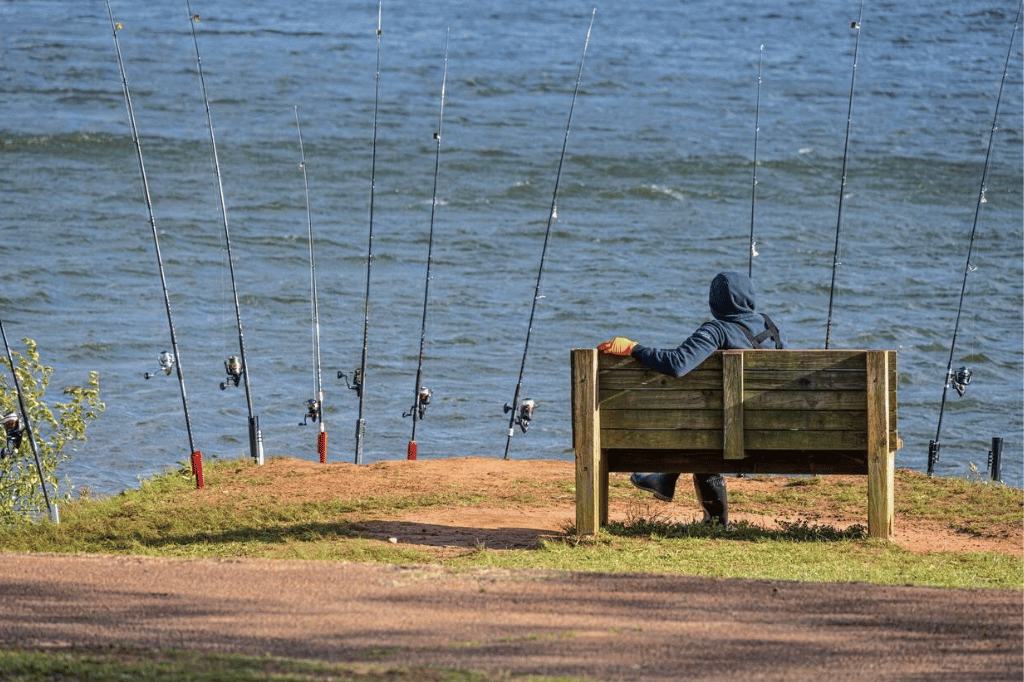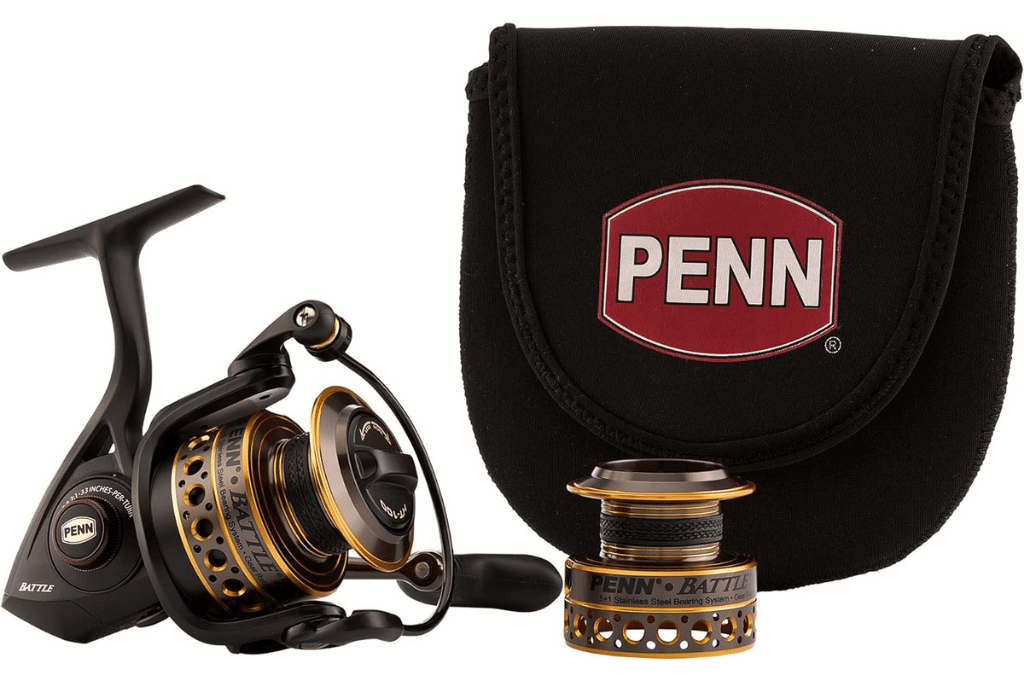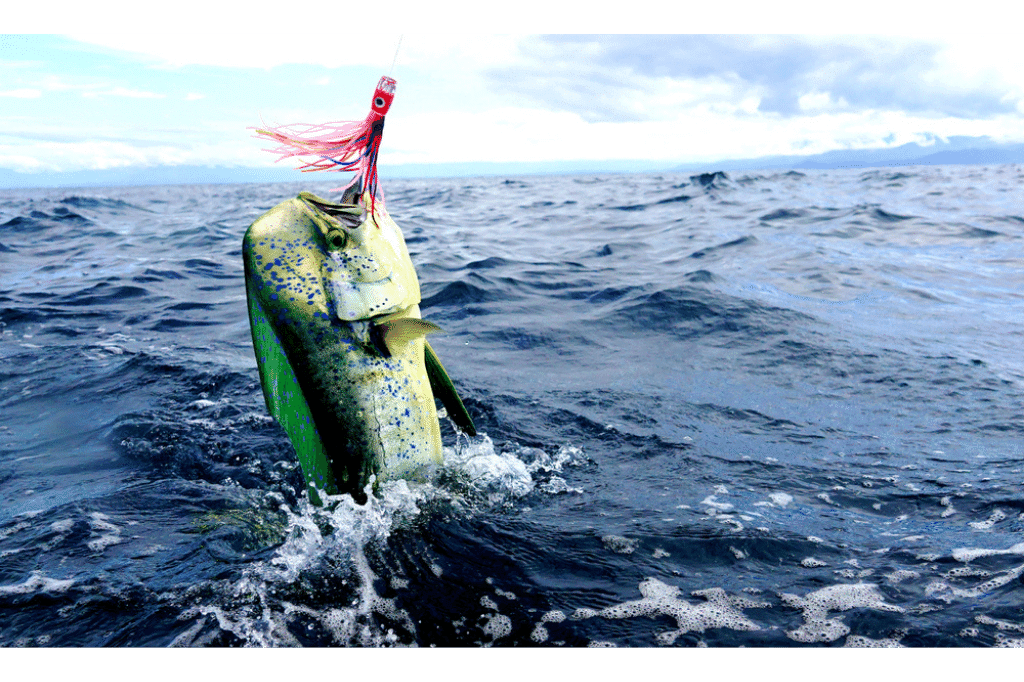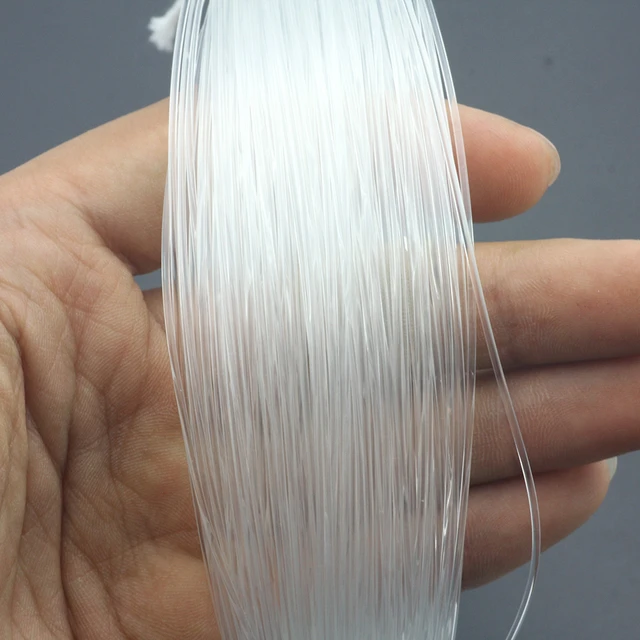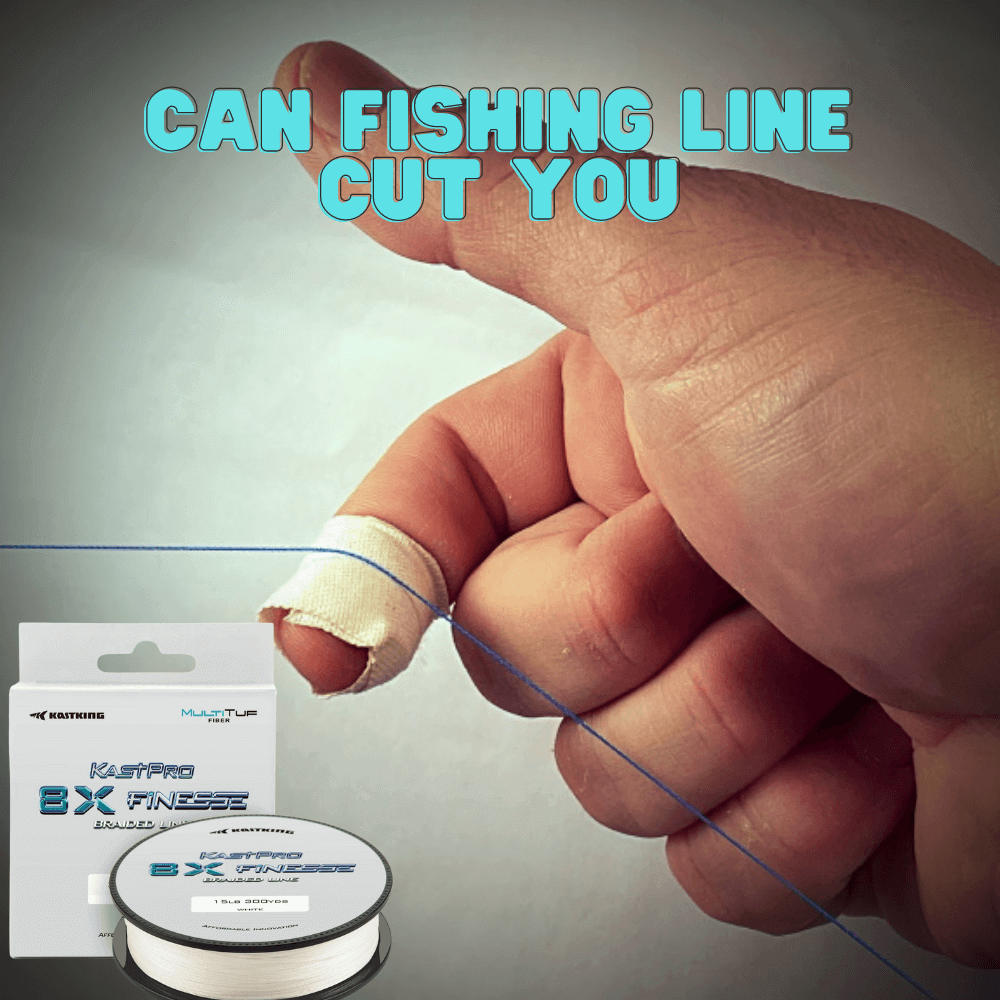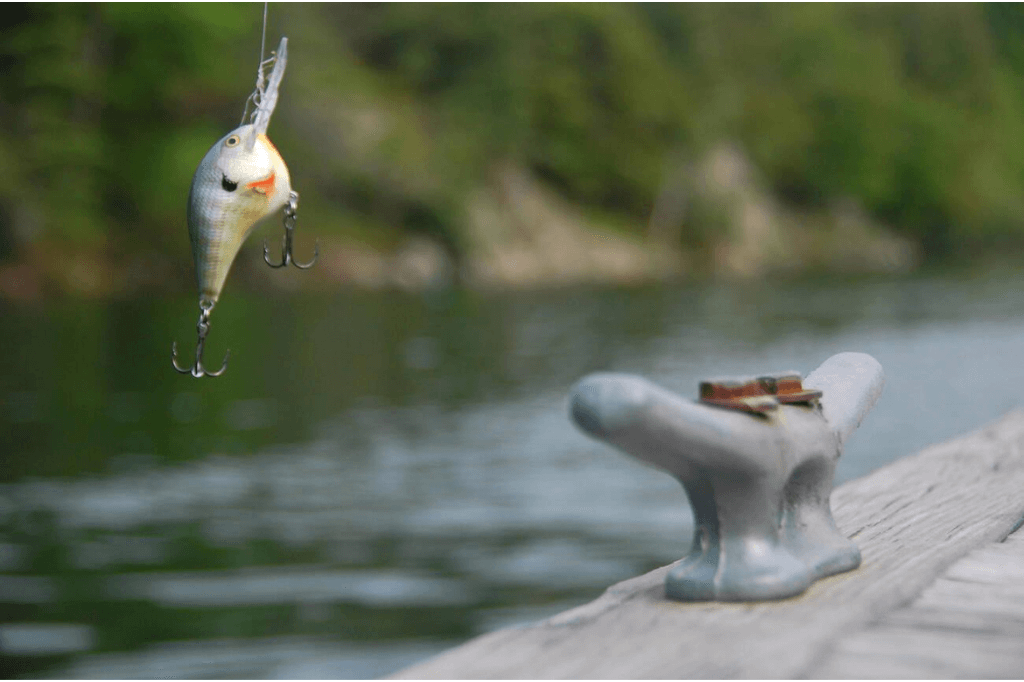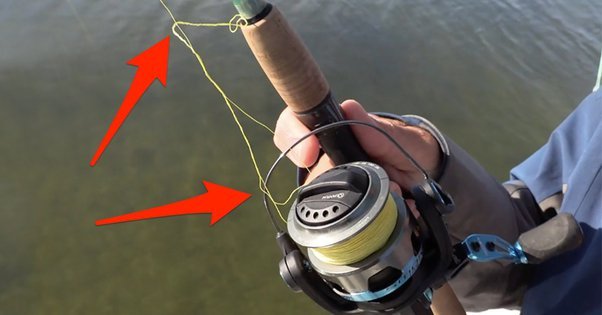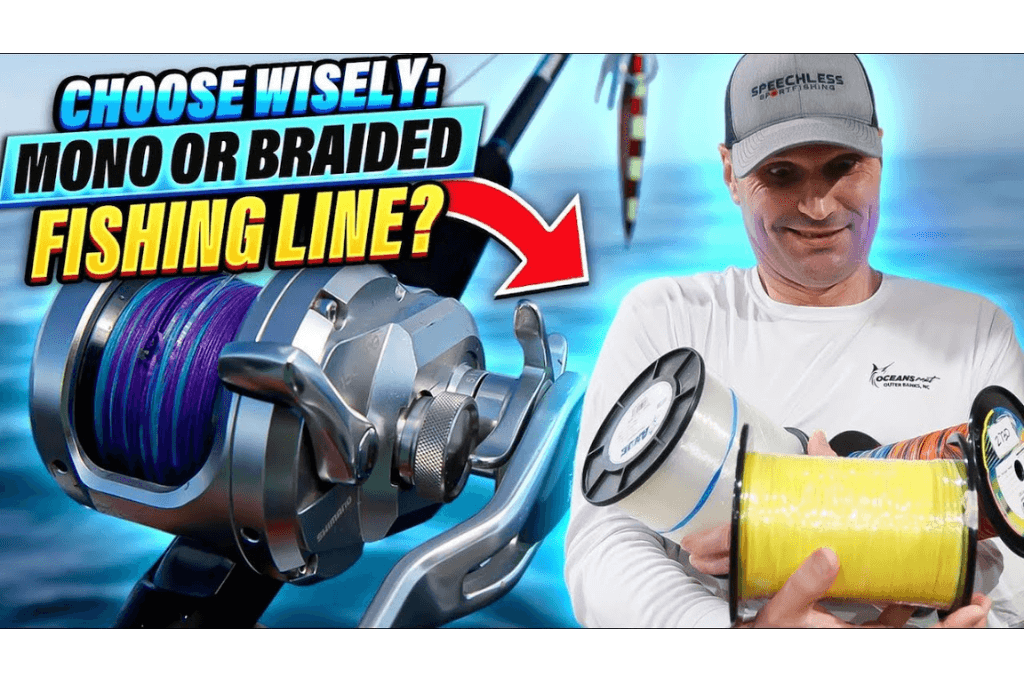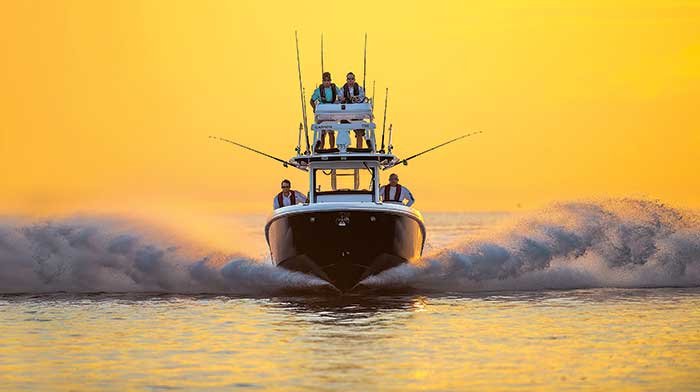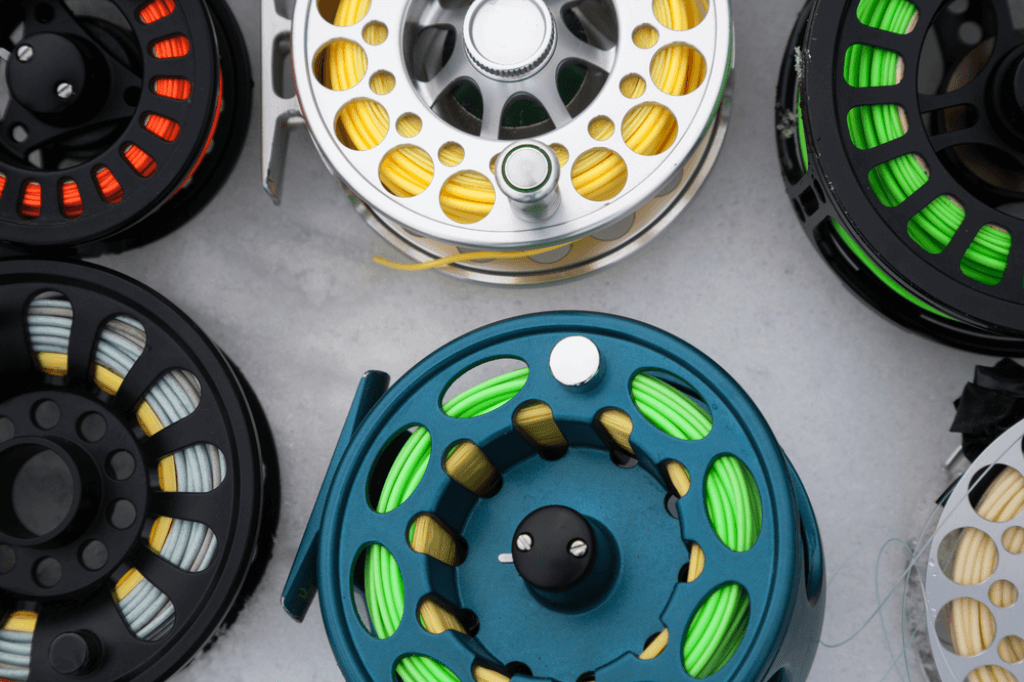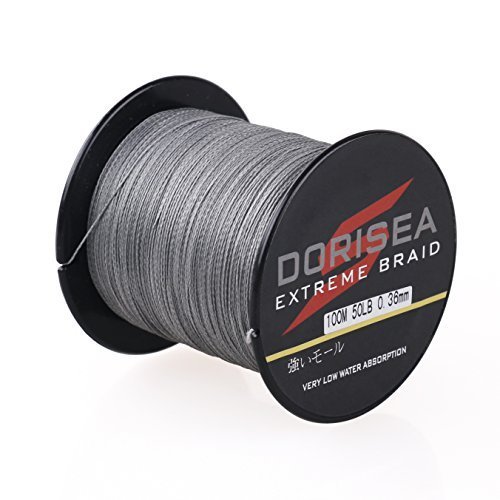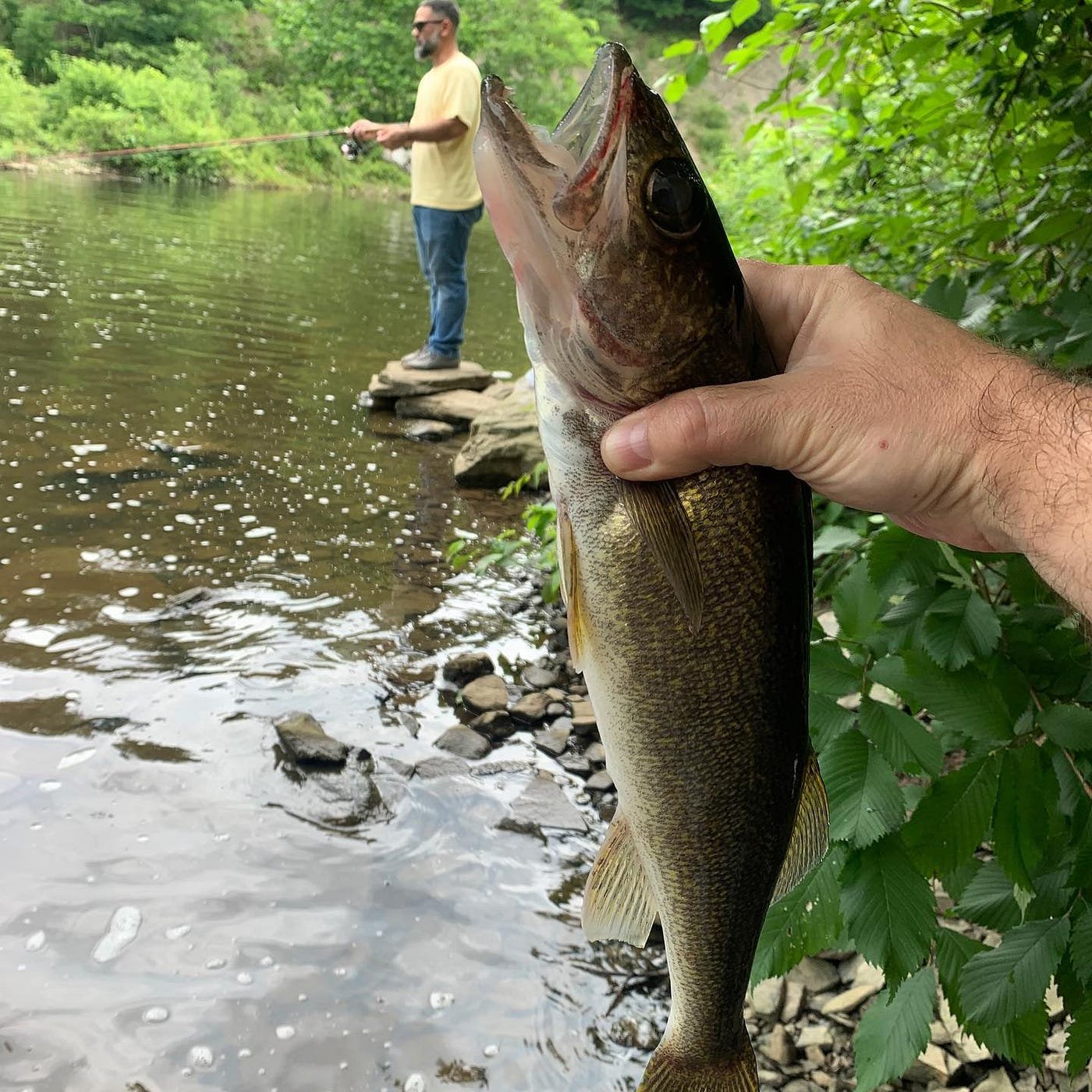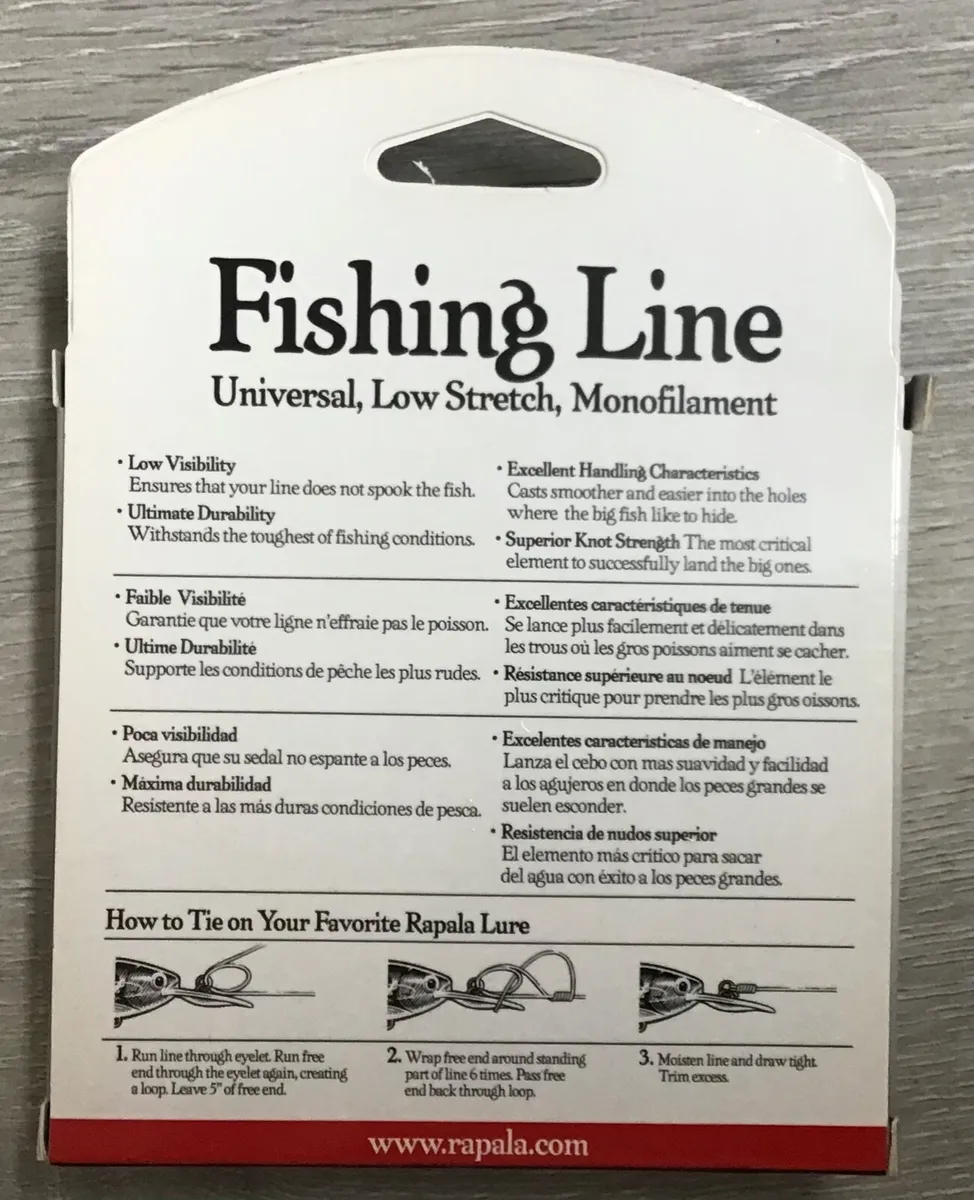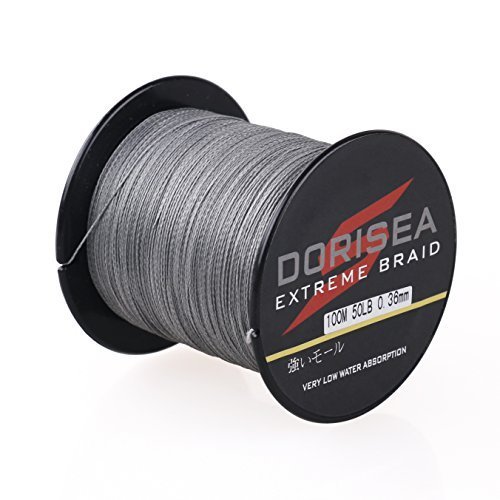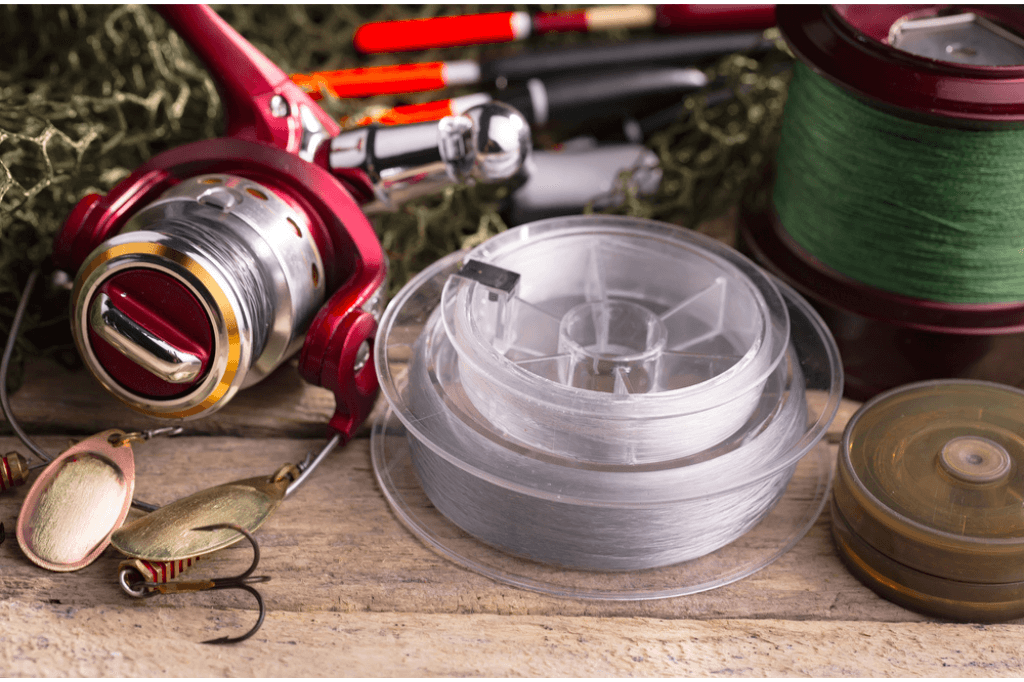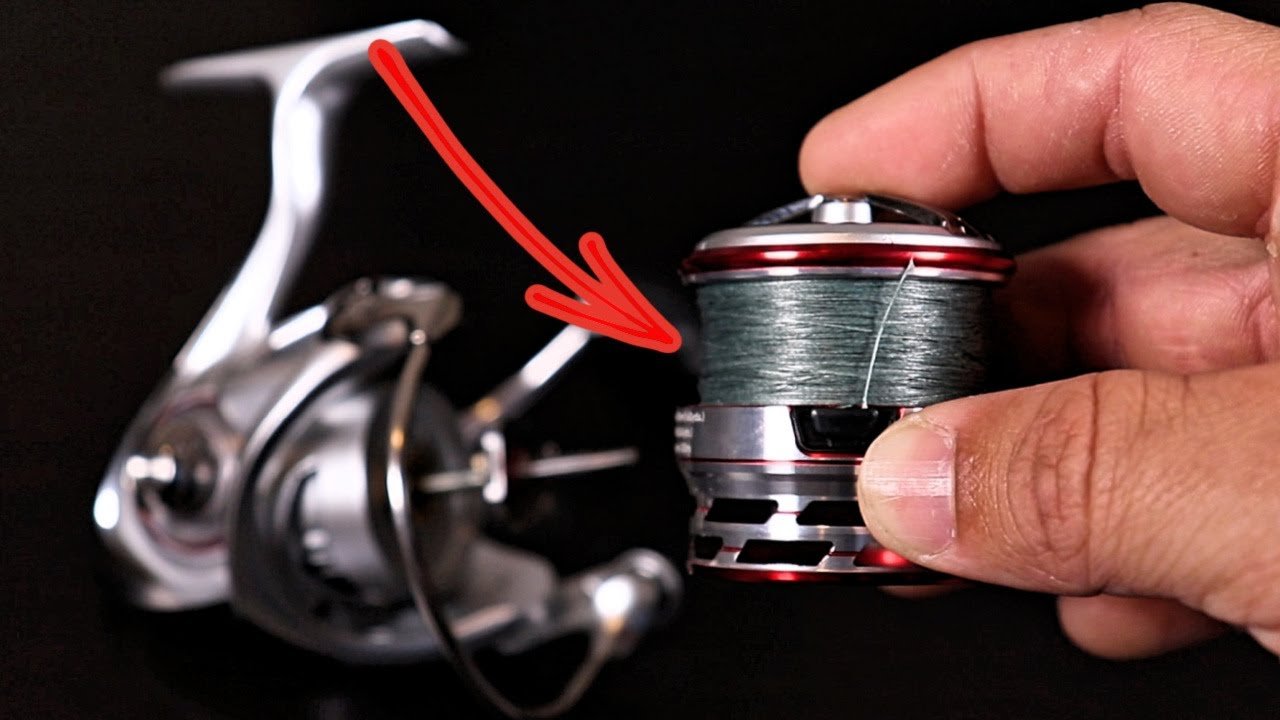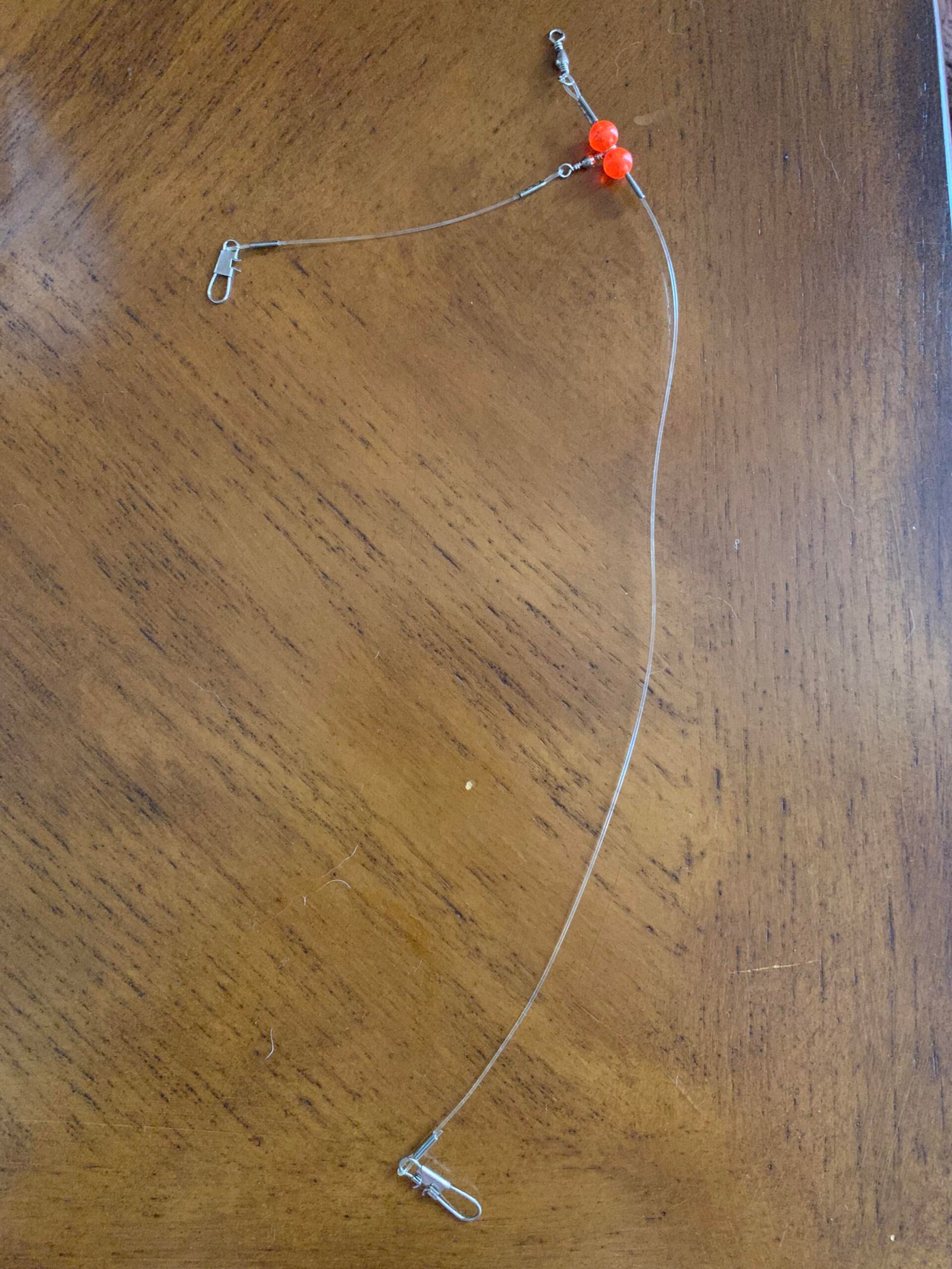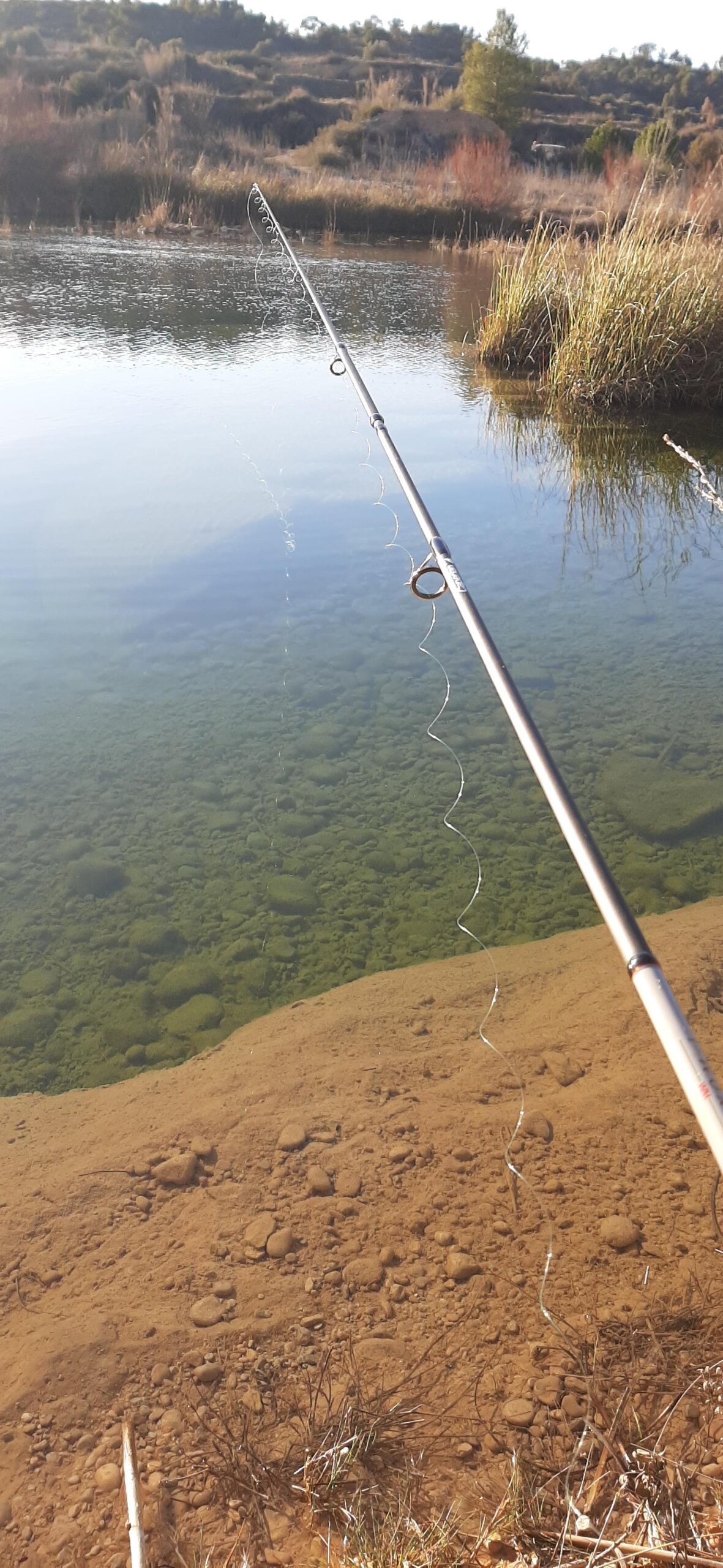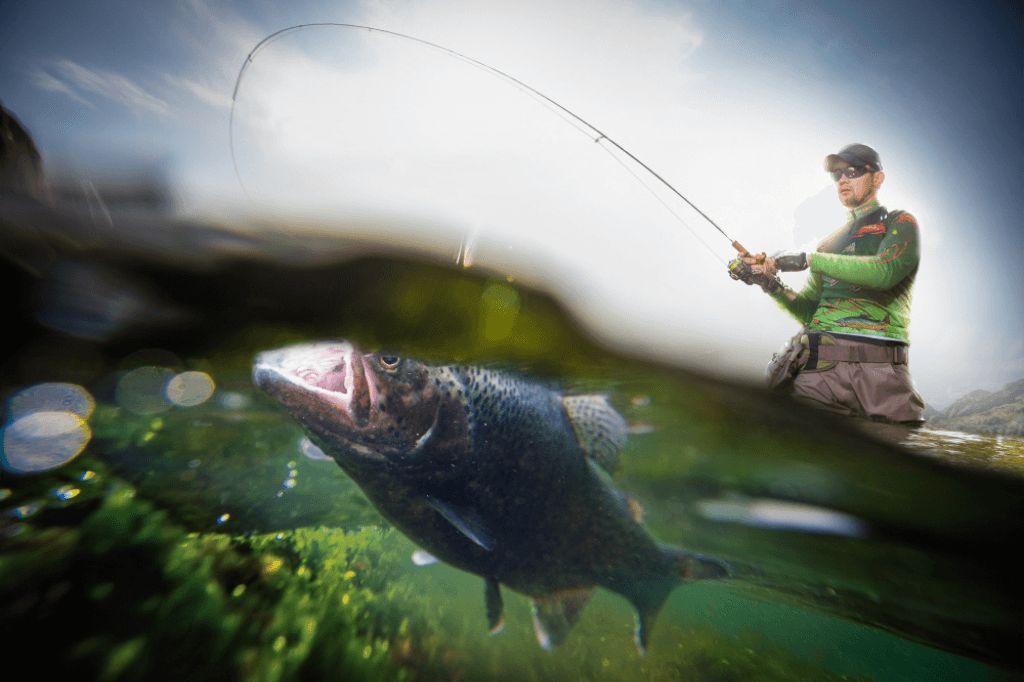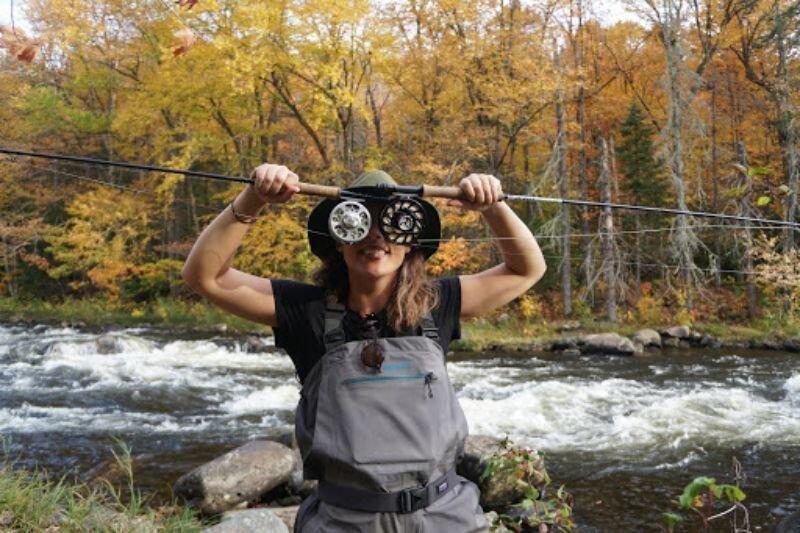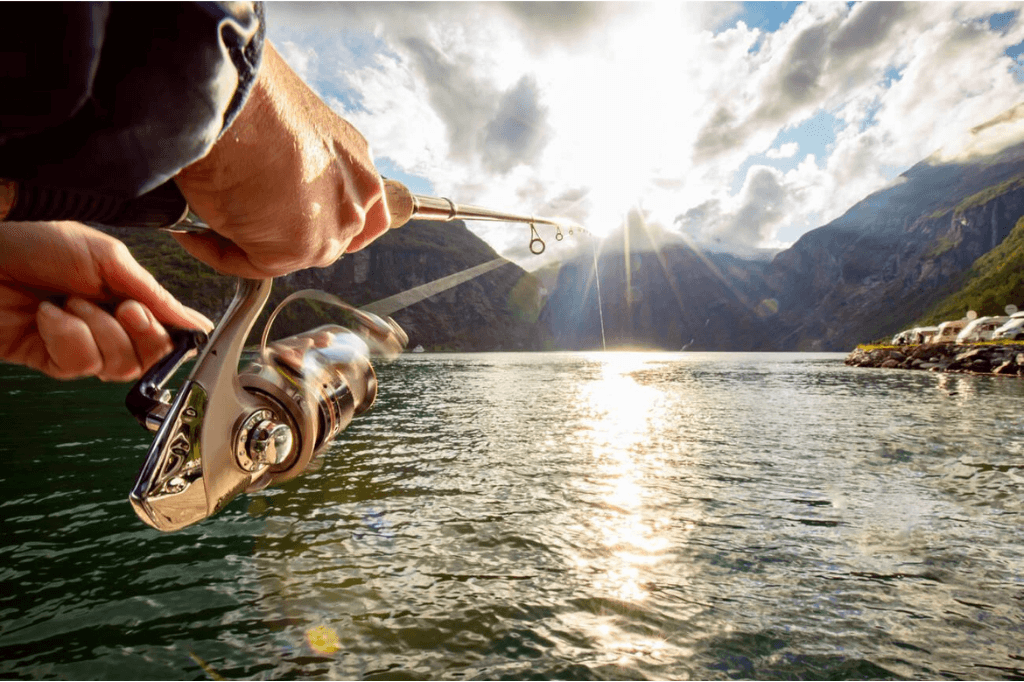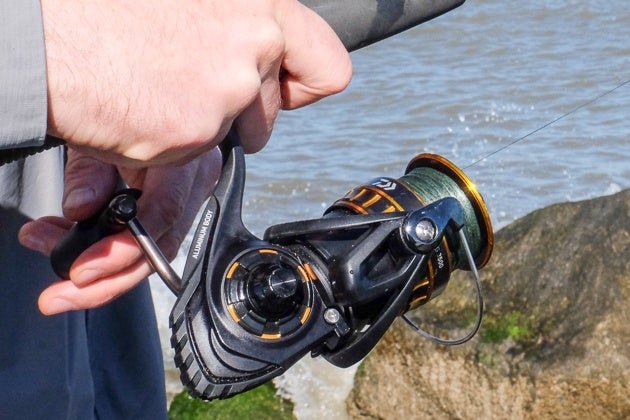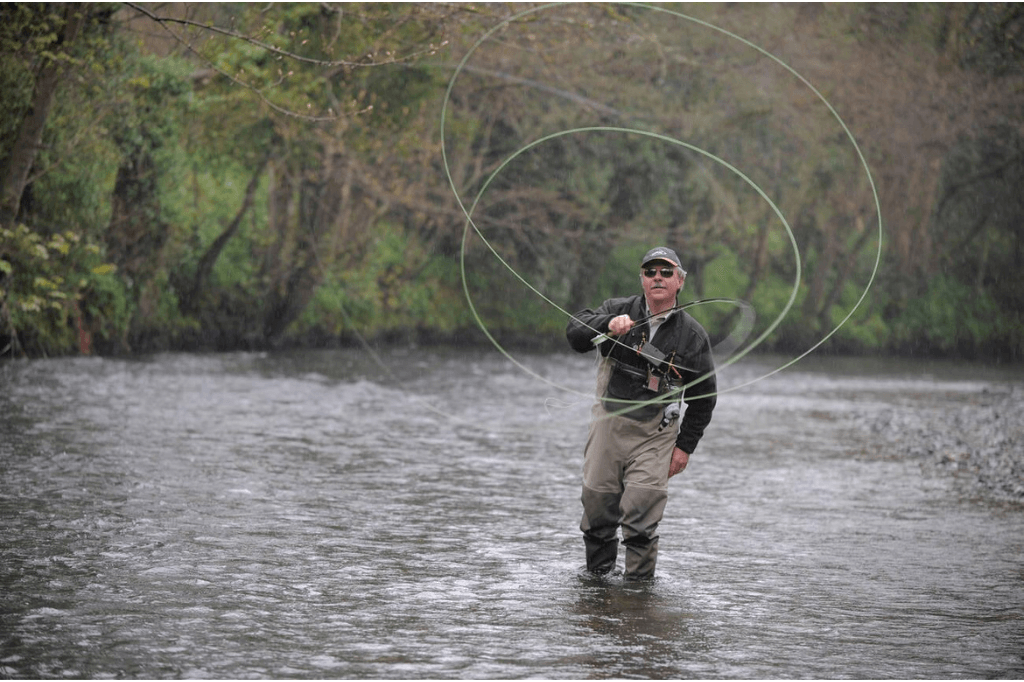Ice fishing can be a thrilling winter activity, but it demands the right gear. High-quality ice fishing boots are crucial for comfort and safety. These boots are designed to withstand extreme cold, offering excellent insulation to keep your feet warm.
They also feature waterproof materials to prevent moisture from seeping in. Additionally, ice fishing boots come with specialized soles that provide superior traction on slippery surfaces, reducing the risk of falls. Investing in a good pair of ice fishing boots ensures you enjoy your time on the ice without worrying about cold feet or losing your footing. Choose wisely to enhance your ice fishing experience.
Introduction To Ice Fishing Boots
Ice fishing is a beloved winter activity. It requires special gear to ensure safety and comfort. One crucial piece of equipment is the ice fishing boot. These boots are designed to protect your feet from extreme cold and icy conditions.
Importance Of Proper Footwear On Ice
Wearing the right boots on ice is vital for safety. Ice is slippery and unforgiving. Proper footwear provides grip and prevents falls. Frostbite can occur quickly in freezing temperatures. Good boots keep your feet warm and dry. Without the right boots, your ice fishing adventure can turn dangerous.
Key Features Of Ice Fishing Boots
| Feature | Importance |
|---|---|
| Insulation | Keeps feet warm even in sub-zero temperatures. |
| Waterproofing | Prevents water from seeping in, keeping feet dry. |
| Traction | Enhances grip on slippery ice surfaces. |
| Comfort | Ensures long hours of fishing without discomfort. |
| Durability | Withstands harsh ice conditions for many seasons. |
- Insulation: Look for boots with thick insulation, like Thinsulate.
- Waterproofing: Ensure the boots have sealed seams and waterproof materials.
- Traction: Boots with deep treads and rubber soles offer better grip.
- Comfort: Pick boots with padded interiors and adjustable laces.
- Durability: High-quality materials like leather or heavy-duty nylon last longer.
Materials Matter
When ice fishing, staying warm and dry is crucial. The materials in your boots play a significant role. This section explores the key materials in ice fishing boots. We will cover insulation and waterproofing technologies.
Insulation Materials Used In Boots
Insulation is vital for keeping your feet warm. Different materials have unique properties. Here are common insulation materials:
- Thinsulate™: This material is lightweight but provides excellent warmth. It traps heat while allowing moisture to escape.
- Felt: Felt is thick and cozy. It offers good insulation but can be bulky.
- Wool: Wool is a natural insulator. It retains heat even when wet.
Each material has pros and cons. Choose the best one based on your needs.
Waterproofing Technologies
Waterproof boots keep your feet dry. This prevents cold and discomfort. Here are common waterproofing technologies:
- GORE-TEX®: This technology is known for its breathability and waterproofing. It keeps water out while allowing sweat to escape.
- Rubber: Rubber boots are fully waterproof. They are great for slushy or wet conditions.
- Sealed seams: Seams can leak if not sealed. Sealed seams keep water out and maintain the boot’s integrity.
Effective waterproofing is essential. It ensures your feet stay dry and warm.
Boot Design And Structure
Ice fishing boots are essential for any ice angler. Their design and structure significantly impact comfort and performance. Understanding the key features of these boots can enhance your ice fishing experience.
Sole Patterns For Traction On Ice
The sole of an ice fishing boot is crucial. It ensures you don’t slip on the ice. Sole patterns vary to provide the best grip. Some boots have deep lugs. These dig into the ice for added stability.
Other boots feature multi-directional treads. These help in maintaining balance on slick surfaces. Rubber compounds used in soles also matter. Softer rubber provides better grip in freezing conditions. Harder rubber lasts longer but may slip more.
High-top Vs. Low-top Designs
Choosing between high-top and low-top designs depends on your needs. High-top boots offer more ankle support. They keep snow and water out. This makes them ideal for deep snow and slushy conditions.
Low-top boots are lighter and easier to walk in. They are suitable for less challenging conditions. If you move a lot, low-top boots might be more comfortable. Both designs have their advantages. Consider your ice fishing environment before choosing.
| Feature | High-Top | Low-Top |
|---|---|---|
| Ankle Support | High | Low |
| Weight | Heavier | Lighter |
| Protection | Better | Moderate |
Choosing the right ice fishing boot can make your trip more enjoyable. Focus on sole patterns for grip. Decide between high-top and low-top for comfort and support. Your feet will thank you!
Warmth Factor
When ice fishing, keeping your feet warm is crucial. The right boots can make or break your experience. Let’s delve into the warmth factor of ice fishing boots. This is where the magic happens, ensuring your feet stay warm and cozy.
Thermal Ratings Explained
Ice fishing boots come with different thermal ratings. These ratings indicate how well the boots can keep your feet warm. Usually, the ratings are in degrees Fahrenheit or Celsius.
Here’s a simple table to understand thermal ratings better:
| Thermal Rating | Temperature Range |
|---|---|
| 200g | 32°F to 50°F (0°C to 10°C) |
| 400g | 10°F to 32°F (-12°C to 0°C) |
| 600g | -20°F to 10°F (-29°C to -12°C) |
| 800g | -40°F to -20°F (-40°C to -29°C) |
It’s important to choose the right thermal rating for your needs. Your feet will thank you!
Layering Socks With Boots
Layering socks can boost the warmth factor of your ice fishing boots. The right combination of socks can keep your feet extra warm.
Here are some tips for layering socks:
- Start with a thin, moisture-wicking liner sock.
- Add a mid-weight insulating sock for extra warmth.
- Top it off with a thick, thermal sock if needed.
Make sure your boots have enough space for layered socks. Tight boots can reduce circulation, making your feet colder.
Remember to keep your socks dry. Wet socks can make your feet cold quickly. Always bring extra pairs of socks.
Fit And Comfort
Choosing the right ice fishing boots is crucial for a comfortable and successful outing. The fit and comfort of your boots can make or break your experience. Let’s dive into some essential tips to ensure your boots fit well and keep you comfortable.
Sizing Tips For Ice Fishing Boots
Proper sizing is key to comfort. Always try boots with the socks you plan to wear. Thick socks can add extra bulk, so don’t overlook this step. Measure both feet and go with the size of the larger foot.
Ice fishing boots often come with removable liners. These liners can affect the fit. Make sure to consider them when choosing your size. Don’t forget to allow some room for wiggling your toes. This space helps to keep your feet warm by ensuring good blood circulation.
Adjustable Features For A Snug Fit
Many ice fishing boots come with adjustable features. These features help you achieve a snug and comfortable fit. Look for boots with adjustable laces or Velcro straps. These allow you to tighten or loosen the fit as needed.
Some boots have adjustable calf straps. These straps ensure the boot stays in place and prevents slipping. This is especially useful for those long hours on the ice. Another feature to consider is elastic gussets. They allow for easy on and off, while still providing a secure fit.
| Feature | Benefit |
|---|---|
| Adjustable Laces | Allows for a customized fit |
| Velcro Straps | Easy to adjust on the fly |
| Calf Straps | Keeps boots secure and prevents slipping |
| Elastic Gussets | Easy to wear and remove |
By paying attention to these features, you can ensure your ice fishing boots provide the best fit and comfort. This way, you’ll stay warm and enjoy your time on the ice.
Durability And Longevity
Durability and Longevity are crucial when choosing ice fishing boots. These boots must withstand harsh conditions and frequent use. Investing in high-quality boots ensures they last for many seasons.
Construction Quality And Materials
The construction quality of ice fishing boots determines their durability. Boots with reinforced stitching and rugged soles last longer. High-quality materials like leather and synthetic blends are common in durable boots.
Leather provides excellent durability. It is naturally resistant to water and wear. Synthetic materials offer flexibility and lightweight comfort. Some boots combine both materials for optimal performance.
Insulated linings keep your feet warm. They also add to the longevity of the boots. Thinsulate and Gore-Tex are popular choices for insulation. They provide warmth without adding bulk.
Maintenance Tips For Longer Boot Life
Proper maintenance extends the life of your ice fishing boots. Follow these tips to keep them in top condition:
- Clean your boots after each use. Remove dirt and debris with a soft brush or damp cloth.
- Dry your boots thoroughly. Avoid direct heat sources. Instead, let them air dry at room temperature.
- Condition leather boots regularly. Use a leather conditioner to keep the material supple and prevent cracking.
- Inspect your boots for damage. Check for worn-out soles or broken laces. Replace or repair them as needed.
- Store your boots in a cool, dry place. Avoid damp or humid areas to prevent mold and mildew.
Following these simple steps ensures your ice fishing boots remain durable. Proper care saves you money in the long run by prolonging the life of your boots.
| Maintenance Task | Frequency |
|---|---|
| Cleaning | After each use |
| Drying | After each use |
| Conditioning Leather | Monthly |
| Inspecting for Damage | Monthly |
| Storage | As needed |
Safety Considerations
Ice fishing is a fun activity, but safety is important. Choosing the right boots can keep you safe on the ice. Let’s explore key safety features of ice fishing boots.
Slip-resistant Features
Slip-resistant features are crucial for ice fishing boots. Ice can be very slippery, and falling can be dangerous.
Many boots have special soles designed to grip the ice. These soles often have deep treads and rubber spikes. These features help prevent slips and falls.
Here is a table showing some common slip-resistant features:
| Feature | Description |
|---|---|
| Deep Treads | Provide better grip on ice |
| Rubber Spikes | Increase traction on slippery surfaces |
| Anti-slip Soles | Specially designed for icy conditions |
Protective Elements Against The Elements
Protective elements against the elements are also important. Ice fishing can be very cold and wet. Good boots keep your feet warm and dry.
Boots with insulation provide warmth. Waterproof materials keep your feet dry. Some boots have extra padding for comfort. Here are some features to look for:
- Insulation: Keeps feet warm
- Waterproof materials: Prevents water from getting in
- Extra padding: Adds comfort and warmth
Choosing boots with these features can make your ice fishing trip safer and more enjoyable.
Top Picks And Reviews
Choosing the right ice fishing boots can make or break your fishing trip. We have rounded up the best options available. Explore our top picks and reviews to find the perfect pair for your needs.
Popular Brands And Models
Several brands stand out in the world of ice fishing boots. Here are some popular models:
| Brand | Model | Features |
|---|---|---|
| Muck Boot | Arctic Pro | Waterproof, Insulated, Durable |
| Baffin | Impact | Extreme Cold Protection, Lightweight |
| Kamik | Nationplus | Affordable, Warm, Comfortable |
| LaCrosse | Ice King | Thermal Regulation, Slip-resistant |
Customer Reviews And Expert Opinions
Customer reviews are essential for understanding real-world performance. Here are some insights:
- Muck Boot Arctic Pro: Customers praise its warmth and durability. Experts recommend it for extreme conditions.
- Baffin Impact: Users love its lightweight design. Experts say it offers excellent cold protection.
- Kamik Nationplus: Buyers appreciate its affordability and comfort. Experts find it suitable for moderate cold.
- LaCrosse Ice King: Customers enjoy its thermal regulation. Experts highlight its slip-resistant features.
Expert opinions provide deeper insights into the boots’ performance. Here are some expert reviews:
- Muck Boot Arctic Pro: Experts say it is ideal for extreme cold with superior insulation.
- Baffin Impact: Experts note its excellent cold protection and lightweight nature.
- Kamik Nationplus: Experts recommend it for those on a budget, offering good warmth and comfort.
- LaCrosse Ice King: Experts appreciate its slip-resistant sole and thermal features.
Accessorizing Your Boots
Ice fishing is a unique and challenging activity. Having the right accessories for your boots can make a big difference. These accessories can provide extra grip and protection. Below, we’ll explore some essential add-ons for your ice fishing boots.
Cleats And Spikes For Extra Grip
Cleats and spikes are essential for maintaining traction on ice. They prevent slipping and ensure safety. Here are some options:
| Type | Description |
|---|---|
| Clip-on Cleats | Easy to attach and remove. Suitable for walking on ice and snow. |
| Spiked Soles | Permanently attached to the boot sole. Offer maximum grip on slippery surfaces. |
Clip-on cleats are perfect for those who need to move between different terrains. They are easy to use and can be stored in your bag.
Spiked soles provide the best grip but are less versatile. They are ideal for those who spend most of their time on ice.
Boot Covers And Gaiters For Added Protection
Boot covers and gaiters protect your boots from snow and moisture. They help keep your feet dry and warm. Here are some options:
- Neoprene Boot Covers: Provide insulation and waterproofing. Ideal for extremely cold conditions.
- Nylon Gaiters: Lightweight and durable. Protect against snow and slush.
Neoprene boot covers are excellent for extremely cold conditions. They provide extra insulation and waterproofing.
Nylon gaiters are lightweight and durable. They are perfect for keeping snow and slush out of your boots.
Accessorizing your ice fishing boots can enhance your comfort and safety. Choose the accessories that best suit your needs and conditions.
Budgeting For Your Boots
Finding the right ice fishing boots is crucial for a successful trip. Your budget plays a big role in this decision. Knowing how much to spend can be tricky. This guide will help you make the best choice for your wallet and your feet.
Cost-effective Options
Not everyone can spend a lot on ice fishing boots. There are many affordable options that still offer good quality. Here are some tips to find cost-effective boots:
- Look for last season’s models. They often go on sale.
- Check online marketplaces for discounts.
- Buy boots during end-of-season sales.
Here is a quick comparison of some budget-friendly boots:
| Brand | Model | Price | Features |
|---|---|---|---|
| Brand A | Model X | $50 | Waterproof, Insulated |
| Brand B | Model Y | $60 | Waterproof, Lightweight |
| Brand C | Model Z | $70 | Insulated, Durable |
Investing In Premium Boots
Sometimes, spending more can save you money in the long run. Premium boots often last longer and offer better protection. Here are some reasons to consider investing in premium boots:
- High-quality materials that last longer.
- Better insulation to keep your feet warm.
- Enhanced waterproof features to stay dry.
Here is a list of some top-rated premium boots:
- Brand D, Model Alpha: $150, Waterproof, High Insulation
- Brand E, Model Beta: $200, Ultra-Durable, Lightweight
- Brand F, Model Gamma: $250, Best Insulation, Ergonomic Design
Choosing the right boots depends on your needs and budget. Whether you go for cost-effective options or invest in premium boots, make sure they fit well and keep you warm.
Environmental Impact
The environmental impact of ice fishing boots is a growing concern. Many brands now focus on eco-friendly materials and recycling practices. This helps reduce waste and protect our planet.
Eco-friendly Materials And Practices
Many ice fishing boots are now made from recycled materials. These materials include recycled rubber and plastic. Using these materials helps reduce waste.
Manufacturers also use sustainable practices. They source materials responsibly and ensure minimal environmental damage. This includes using less water and energy during production.
Some brands also use biodegradable materials. These materials break down naturally and reduce landfill waste. This helps keep our environment clean.
Recycling Old Boots
Recycling old boots is crucial for reducing waste. Many brands offer recycling programs. You can send your old boots back to the manufacturer. They will recycle the materials and use them to make new boots.
You can also donate old boots. Many organizations accept used boots and give them to those in need. This helps reduce waste and supports communities.
Some companies also offer trade-in programs. You can trade in your old boots for a discount on a new pair. This encourages recycling and helps reduce waste.
| Eco-friendly Practices | Benefits |
|---|---|
| Recycled Materials | Reduces waste |
| Sustainable Practices | Minimizes environmental damage |
| Biodegradable Materials | Reduces landfill waste |
| Recycling Programs | Encourages recycling |
| Donation Programs | Supports communities |
| Trade-in Programs | Reduces waste, offers discounts |
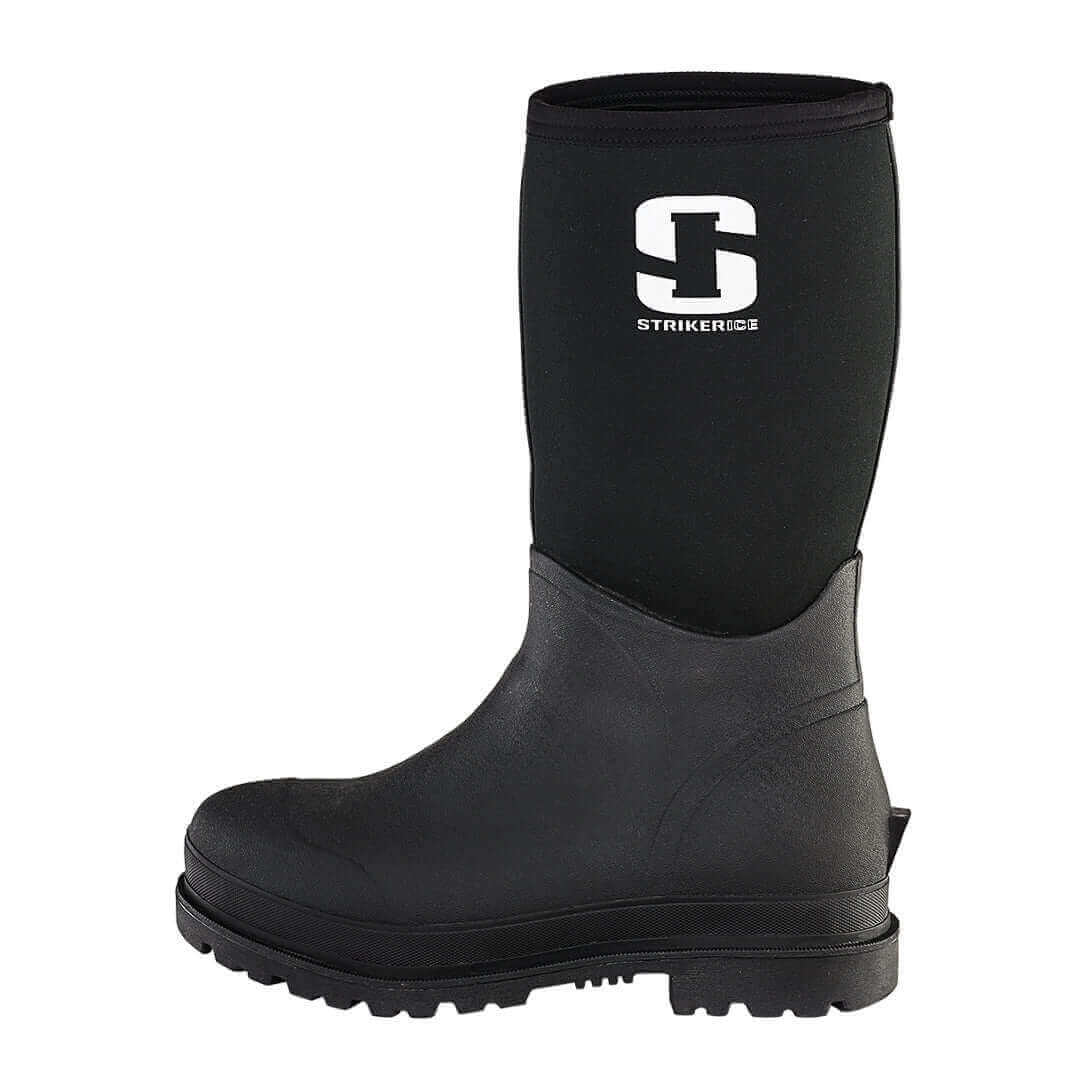
Frequently Asked Questions
What Kind Of Boots Are Best For Ice Fishing?
The best boots for ice fishing are insulated, waterproof, and have non-slip soles. Look for high-quality materials and proper fit. Brands like Muck Boot, Baffin, and Sorel are popular choices. Good insulation and traction are essential for warmth and safety on the ice.
Are Sorel Boots Good For Ice Fishing?
Yes, Sorel boots are excellent for ice fishing. They provide insulation, waterproofing, and traction, keeping feet warm and dry.
What Boots Are Worn In The Arctic?
Arctic boots must be insulated, waterproof, and have non-slip soles. Popular brands include Baffin, Sorel, and Muck Boots.
Do Snow Boots Work On Ice?
Snow boots can work on ice but are not always reliable. Look for boots with good traction and non-slip soles. For better grip, consider ice cleats.
Conclusion
Choosing the right ice fishing boots is crucial for a successful and enjoyable experience. Warmth, comfort, and durability should guide your decision. Prioritize high-quality materials and proper insulation. With the right boots, you can focus on catching fish without worrying about the cold.
Stay warm and fish on!

